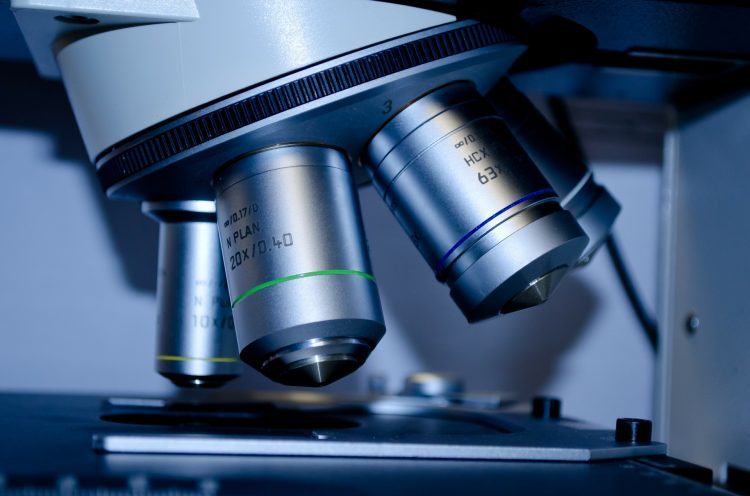The Future For Kidney Disease Sufferers
I am sitting in a rigid chair, surrounded by unfamiliar faces and bombarded with foreign sounds and words. The skin surrounding the tubes that are snaking into my arms is an angry red, and sore and itching from the repeated abuse. I feel light headed as I watch my lifeblood drain from my body and I can’t help but feel emotionally drained. But, despite how conceptually counter-intuitive it feels to me, I know that this procedure is keeping me alive.
This experience is commonplace for those whose kidneys have failed or been temporarily rendered useless and must have dialysis treatment. Dialysis is a treatment that carries out the tasks of a functioning kidney such as maintaining blood pressure and the levels of certain chemicals found in blood to ultimately prevent the death of those with kidney failure.
While the positive effect of dialysis on the prognosis of kidney failure is incontestable, the difficulty of having to undergo such a time-consuming and overall life-altering treatment is also a substantial impediment. For many sufferers, dialysis is administered in a hospital or clinic setting at least three times per week with each session lasting approximately four hours. To put that in perspective, for someone who has spent 30 years receiving four-hour tri-weekly dialysis treatments, they will have cumulatively spent more than two of those years hooked up to the refrigerator-sized, whirring machines, with their mobility considerably restricted.
Considering the alternative, many accept the bad that comes with the life-saving good that this protocol offers. In a guide published by the National Kidney Foundation aimed at Americans facing the prospective of dialysis called ‘A “New Normal”: Life on Dialysis—The First 90 Days’, one dialysis patient states, “I don’t enjoy dialysis, but considering the alternative, I accept it.”
But what if there was another alternative? What if there were more options for survival than just dialysis or a kidney transplant, the latter of which can take many years to become an option, if ever at all? If the results of the pilot studies conducted on the world’s first bio-artificial implantable kidney are promising, this may very well be the case.
William Fissell and Shuvo Roy from Vanderbilt and the University of California, San Francisco respectively, began their artificial kidney research in an attempt to bridge the aforementioned gap in the treatment options for kidney failure patients. The biological-artificial hybrid they created uses a synergy of live kidney cells and artificial filtering microchip technology, driven by the recipient’s cardiovascular system, to act as a normal, functioning kidney would.
Major inspirations for their work were the extremely limited number of available kidneys for transplant, as well as the complications that arose for kidney transplant recipients after their surgeries. While transplanted kidneys from live or deceased donors are precisely matched based on a number of criterion and anti-rejection drugs which are administered during the process, rejection of the transplanted organ is a considerable issue that may see patients having to resort to their only remaining option, dialysis. With their work, these researchers may allow those waiting on the transplant list or those who have had a failed transplant another option that has a higher chance of long-term success.
About their project, Fissell explains, “we are creating a bio-hybrid device that can mimic a kidney to remove enough waste products, salt and water to keep a patient off dialysis.” The aim is to create an implant the size of a soft drink can, not much larger than an actual kidney that can be attached to the renal circuit, replacing the damaged organ.
In the implants, the team are using microchips silicone nanotechnology that are typically used in computers, which they stack on top of each other to form a filtration system. The chips are porous and act as scaffolds for live kidney cells, which can then carry out the filtration, like that of a human kidney.
Fissell and Roy also explain that if this technology were to become available, the financial burden of kidney failure treatments such as dialysis, transplants and their associated costs would be substantially decreased due to the affordability of these implants and the microchips that operate them.
With the prospect of having these bionic kidneys as an option within the next two years or so, kidney failure sufferers and dialysis patients can look forward to the hope that they will eventually regain their freedom and improve their overall quality of life.






